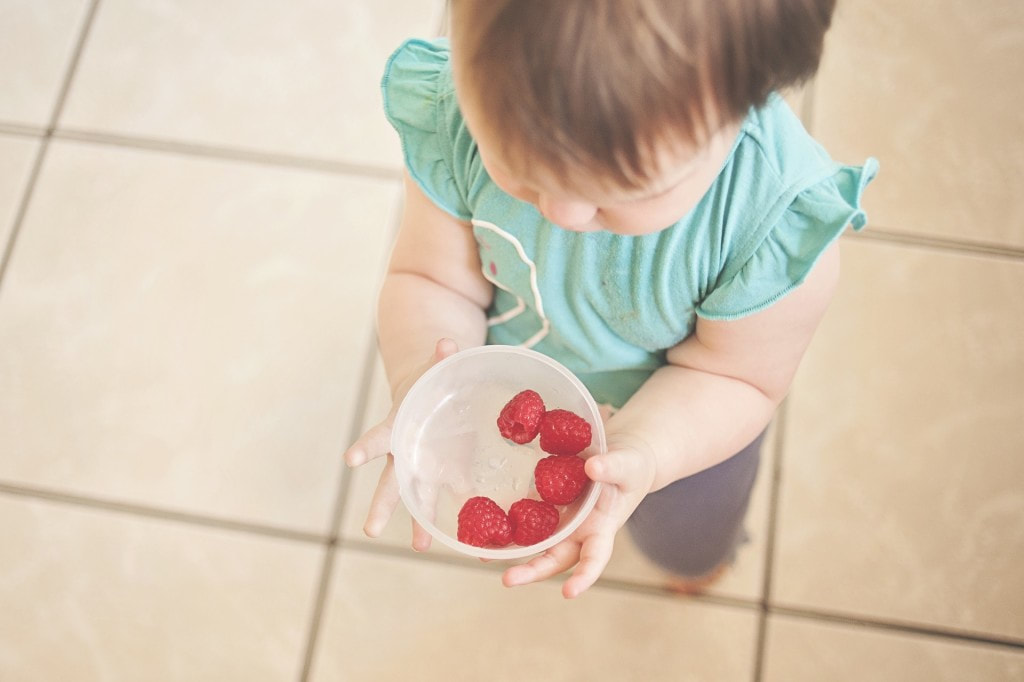|
Often, kids from hard places have unique sensory requirements. When children experience trauma at a young age, they may become hyper alert. This means they expect the world to feel unsafe and are on the lookout for warning signs. By providing your child with a variety of sensory input, you are helping him understand the world around them, feel safe in his body and accurately perceive his surroundings. Sensory projects address sensory needs in fun and creative ways. It’s important to appeal to each sense, and in this setting there aren’t just 5 senses, there are 7:
Here are 7 sensory activities you can do at home (one for each sense): Mystery boxes (Touch)
Start saving empty tissue boxes, or recruit your support team to do the same, until you have 5-7 boxes. Then, carefully fill each box with an object or objects with a unique texture. Once your boxes are full, n play a game of “guess what’s in the box” with your kids. Have them write down answers or tell you directly. This is a fun way to explore the sense of touch. Water xylophone (Hearing) Time to get out the glasses. Wine glasses generally work best for this activity as many drinking glasses are too thick. If you don’t want to risk breaking your wine glasses, head to the thrift store and purchase thin water glasses. Fill 5-10 glasses with varying levels of water, starting with a small amount and finishing with a full glass. Then line up the glasses and let the music begin! Use sticks, silverware or wooden spoons to make noise. Experiment with different tools to see what makes the most appealing sound. Try using food coloring to color each glass a different color. After playing for awhile have your child close her eyes and tell you what color glass you’re hitting. Memory (Sight) A good old game of memory is a fun way to experiment with the sense of sight. You can use the card game or make your own game for this activity. One unique way to play memory is to put a tray of objects in front of your child and have her examine them for a few minutes. Then, take the tray away and see what your child remembers seeing. Start with one or two objects and slowly increase the number, depending on how your child processes the activity. Tongue mapping (Taste) Everyone’s tongue is different, but we all have specific areas that taste certain things. A fun taste activity is to create a tongue map for you and your child. Start with a simple drawing of a tongue. Then get out the taste test supplies. You’ll need something sweet, salty, sour and bitter (preferably liquids) and some q-tips. Pour your liquids into cups and get started. Dip a q-tip in a liquid and dab it on the front, sides and back of the tongue. Have the taster tell you where they taste it the most and fill in the map. Smelling bottles (Smell) For this activity, you need two sets of bottles, one set with white caps and one set with black (or colors of your choosing). Fill one of each set with a scent. Essential oils or spices from your pantry work well. Label the bottom of each bottle with a colored sticker (aka red for peppermint, yellow for lemon, etc). Set the bottles out and let your child take the lids off and smell all the bottles. Then have him pair the same smells together. Flip the bottles over to see how he did! Swinging/spinning (Balance) Kids have more liquid inner ear fluid than adults; it’s why they can tolerate so much spinning around. For many kids from trauma, it’s important to engage this sense by allowing them to spin or swing. At the park or in your backyard, simply push your child on the swings or spin on a tire swing. The “Hot Dog” game (Body Position) Children who have the hardest time sensing body position will be the ones least inclined to physical touch. One of the easiest ways to help kids understand the edges of their body is to give them a tight hug. If a kid isn’t open to hugs you can try turning it into the “Hot Dog” game. In this game have a child lie at the edge of a blanket and then roll her up. Then, lightly squeeze on both sides with pillows, creating a hot dog in a bun. The most important part of all of these activities is to have fun! Your kids will love the intentional time you are spending with them. If your child doesn’t enjoy an activity it’s no big deal. There are plenty of resources to help you find a new one to try. Let us know what you and your family enjoyed the most!
0 Comments
Leave a Reply. |
|
|
WHO WE ARE
|
GET INVOLVED
|
PROGRAMS
|
RESOURCES
|
QUICK LINKS
|
FOLLOW US ON SOCIAL MEDIA
Project 1.27 • 14000 E. Jewell Ave. • Aurora, CO 80012
Copyright Project 1.27 • All Rights Reserved
Copyright Project 1.27 • All Rights Reserved



